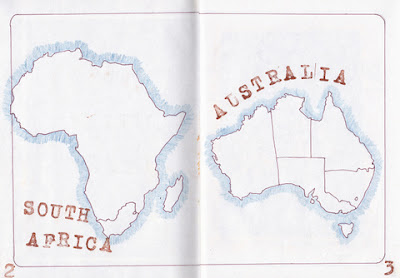Recently two commissions for abstract paintings led me to
explore a couple of different avenues. I returned to look at the American Abstract
Expressionists and Franz Kline in particular.
Given a superficial glance these paintings look so simple -
a couple of dramatic lines dashed across the canvas with a loaded brush and the
painting is done - or is it?
Is it really so simple?
Acrylic study for Grey, Silver Black & Pink
The reality is somewhat removed from that simplistic assumption. Start flashing a brush around and see what happens - usually the canvas turns into an uncontrollable mess. Try flicking just one splash of colour on to a monochromatic painting and disaster lurks. The consistency of the paint is crucial.
If there’s too much turps in the mix, when it’s splashed over thicker, more oily paint that layer will crack when it dries . If there’s too much oil in the mix, the paint will take forever to dry. While the paint is drying the beautiful spots can turn a into ugly wrinkles. Then one understands exactly why Kline continued to use house paint instead of artists paint which his dealer wanted him to use. The viscosity of industrial paint is perfect for splashes and dribbles. This video gives some insight to his process
I started by doing a number of acrylic studies in my sketchbook.
Acrylic study for Grey, Silver black & pink
Once the right image was decided upon I worked directly on the primed canvas. I started with shades of grey and white in large areas, applying the paint with brush and palette knife to add surface tension to the canvas. I have added a few detail photos at the end of this post to try to show this.
Once this layer was dry I painted the black lines with fast broad strokes.
Black lines are added and other areas have been simplified.Then, with fingers crossed, because I’m not really a splashy kind of painter, a few splashes of shocking pink added the colour. The silver leaf was the final touch - and difficult to photograph well as the silver leaf simply looks white.
The initial sketches have a rawness and vitality that is
hard to translate to a large canvas. The sheer size tends to make one more
careful. However, I am pleased with the way the surface of the canvas has become more
complex, adding substance and vitality to what was a casual sketch.
Grey, black, silver & pink - oil on canvas 1000mm x 1000mm
Carol Lee Beckx © 2012 Collection Transform Hair
Detail
Detail
Detail
































